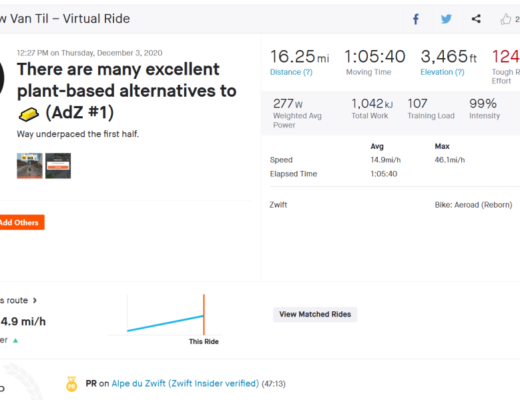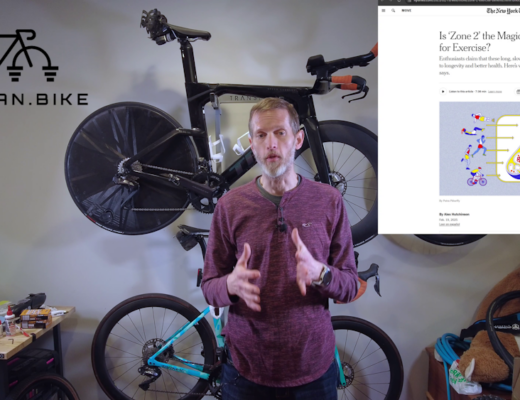No. Not unless I’m missing something… As I’m sure you all know, and the author of the article below readily admits, we calculate power (i.e. the metric that matters) by using the incredibly simple formula “cadence * torque = power” in watts. So when Zach gets on his soapbox about Training with Torque, and how it’s all important and stuff, what he’s actually trying to sell is Training with Cadence by a different name.
Now, there’s room for a for a diversity of opinion on cadence training. I haven’t found any data driven reason that supports specifically targeting it. The general idea behind it is to build strength, and you’re better off lifting weights to achieve that goal. So I don’t do it, and the fact that I’m making the time to take a piss on this, also might put me on a soap box too.
To get more detailed around why I don’t think it’s important to focus on cadence or torque. Neither cadence or torque is a complete metric; that’s just math. In isolation, without the other, they have limited value. Which is why we combine them to get power. Power is what makes the bike go fast. 300W is 300W irrespective of the RPM or N.m which make the equation equal 300W.
That’s not to say that torque and cadence are completely useless. They aren’t; obviously we need non-zero numbers in both to get a non-zero power number. It is important to be comfortable at different RPM. There is absolutely value in being able to spin at 120RPM or 50RPM. If for no other reason than we use slightly different sets of muscles to do high vs low cadences. So there is a fatigue argument to be made, even if we were to ignore everything else.
It’s more that there’s no reason to specifically target either. Let it occur organically. If you’re doing balanced training, there will be times when you’re spinning and times when you’re grinding. For e.g. I can’t do 800W from a seated position. My bum doesn’t like it when I don’t do standing work every hour or so. I prefer not to shift off the big ring when going up what we call “hills” around here (mostly overpasses :D), so I get out of the saddle to do that – unless I’m trying to show off.
Listen to your body, and do what it tells you to do when you do the watts. Structure is not a synonym for rigid. Do the watts in your plan. If your plan is a good plan, there will be plenty of opportunities to get all the cadences.
Oh, and while I have your attention, it annoys the snot out of me when someone cites a scientific study, but only provides a link the abstract (Zach does this in the article that set me off). There are A LOT of problems with that. The biggest of which, is that it probably means they didn’t actually read the study that they are citing. The second, is that even if they did, there’s no way for anyone else to check their work without putting in significant effort, potentially including paying for access to that study. Which is shifty, and means in practice, they can claim pretty much anything, because very few people are going to do the extra homework to call them out.
Torque is the forgotten data metric of cycling. While power and watts grab all the headlines, torque simply exists in the background. But knowing, understanding, and training your torque could greatly affect your cycling performance. In fact, you’re already training with torque, you just haven’t realized it.



